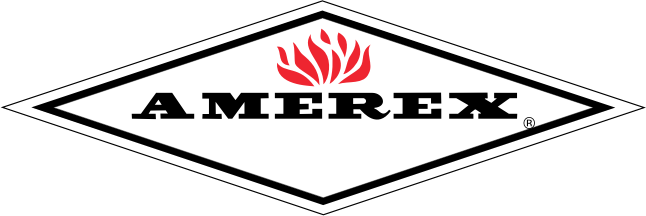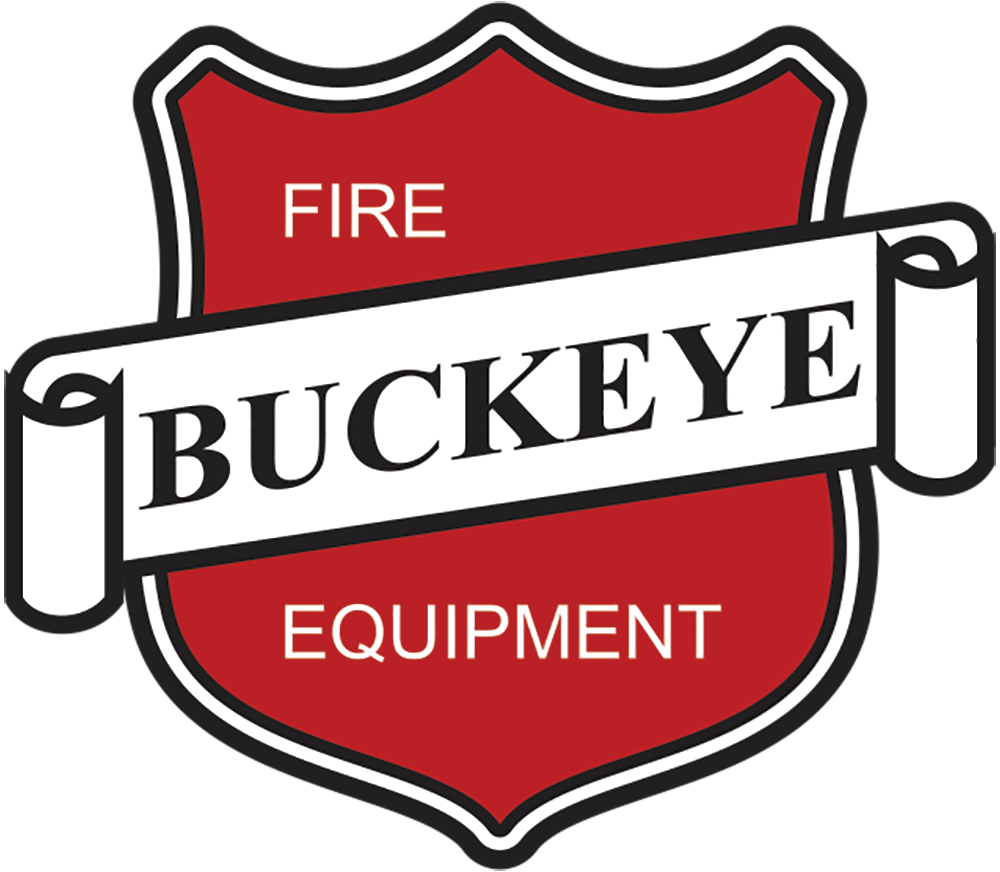As a building owner, answering the question of “how many fire alarms are too many?” isn’t as straightforward as it might initially seem. It involves regulations, building layout, functionality, and safety priorities. Ahead, dive into the various considerations to help you make informed choices so your building is safe and compliant.
Why Fire Alarms Are Essential
Before determining the appropriate number of fire alarms, it’s essential to understand why they’re so important. Fire alarms detect smoke, heat, or flames and alert occupants through audible and visual signals. This early warning system can save lives and minimize property damage by enabling timely evacuation and emergency responses.
Installing insufficient alarms increases the risk of undetected fires spreading quickly, while having too many could lead to unnecessary costs and potential oversensitivity issues. Striking the right balance is the key to better safety and efficiency.

Building Code Requirements
To determine the minimum number of fire alarms required in your building, start with local fire codes and regulations. Agencies such as the National Fire Protection Association (NFPA) in the United States or equivalent organizations in your country govern these codes. The NFPA, for example, provides detailed guidelines in its NFPA 72 National Fire Alarm and Signaling Code.
Factors Influencing Fire Alarm Placement
Building size and layout: Larger buildings need more alarms for comprehensive coverage. Multistory buildings should have at least one alarm per floor, with additional alarms needed in key areas such as stairwells, hallways, and individual rooms. No matter where someone is within your building, they must be able to hear emergency alarms.
Occupancy type: The use of the building dictates its fire alarm needs. For example, residential buildings may require smoke alarms in bedrooms and hallways, while commercial buildings with open layouts might need heat-sensitive alarms in storage or machinery spaces. If you’re unsure of the specific alarm type you need, consult local building codes and regulations.
Specific hazards: Buildings housing hazardous materials or high-risk areas, such as kitchens or warehouses, may require more sophisticated alarm systems, like heat detectors or flame detectors, in addition to standard smoke alarms. Be aware of the specific dangers present to choose the most effective alarm method.
Compliance standards: If your building is a place of public assembly, such as a school, hotel, or theater, you might be subject to stricter fire alarm installation requirements compared to smaller residential or private-use buildings. You’re responsible for the safety of anyone within your building and must ensure they have adequate warning to get to safety if the need arises.
When Is Enough, Enough?
While regulatory compliance sets the baseline for fire alarm needs, the decision on the number of alarms should also consider practical realities specific to your building. The question of “too many alarms” arises when the system becomes more of a hindrance than a help. Here’s why that can happen and how to avoid it.
Overlapping Signals
Installing alarms too close together or overloading small areas can lead to false triggers or redundant signals. For example, a kitchen area shouldn’t have too many smoke alarms because cooking activities frequently produce smoke that can activate alarms unnecessarily. Instead, consider heat detectors as alternatives in such spaces.
Impact on Occupants
Excessive alarms emitting simultaneous loud warnings can overwhelm building occupants during a fire emergency. The loud noises may make it harder for individuals to hear evacuation instructions or make calm and focused decisions.
Cost vs. Benefit
More alarms equal more costs, not just for the alarms themselves but also for installation, inspection, and maintenance. Overspending on fire alarms in low-risk areas takes budget away from improving other critical safety components, such as sprinklers, emergency exits, or fire extinguishers.
Striking the Right Balance
Assess Your Specific Needs
Every building is unique, and understanding your structure’s specific safety requirements is the first step. Perform a fire risk assessment that considers building size, occupancy type, and high-risk areas. This information will guide you toward a well-distributed and effective fire alarm system.
Follow Zoning and Placement Best Practices
To optimize fire alarm effectiveness, divide your building into different zones based on usage. Alarms should cover every critical zone, adhering to spacing requirements specified by fire codes. For example, smoke alarms are often required within 20 feet of sleeping areas in residential buildings but may need wider coverage in commercial settings.
Use a Holistic Fire Safety Approach
Fire alarms are just one piece of a larger fire safety strategy. Rather than focusing solely on quantity, your building should have complementary systems, such as extinguishers, sprinklers, clear emergency exits, and evacuation plans. Balancing these elements creates a comprehensive safety solution without overloading your building with alarms.
Maintenance and Upgrades
Having the right number of fire alarms is only effective if the system receives ongoing and proper maintenance. Building owners are responsible for regular inspections, battery replacements, and functional testing to ensure alarms are in working order. Additionally, as building codes evolve, your system may need upgrades to remain compliant and meet higher safety standards.

Common Myths About Fire Alarm Quantity
“More Alarms Mean More Safety”
While having enough alarms is critical, beyond a certain point, adding more devices doesn’t necessarily make a building safer. Strategic placement is far more effective than simply increasing the number of alarms.
“Fire Alarms Are a One-Size-Fits-All Solution”
Not all alarms serve the same purpose. Smoke alarms detect combustion particles, heat detectors react to temperature changes, and flame detectors identify the presence of light or infrared radiation. Using the right type of alarm in appropriate areas helps you build a system suited to your building’s unique risks.
Know What You Need
For building owners, providing effective fire alarm coverage is a balancing act between compliance, safety, and practicality. While there’s no universal answer to the question of “how many fire alarms are too many,” understanding your building’s specific needs, following fire codes, and adopting a strategic placement approach will help you achieve the perfect balance.
Focusing on quality, functionality, and proper maintenance will help you create a safe environment that protects occupants and properties without unnecessary expenditure. For the safety of your building and everyone in it, it’s critical to stay proactive and keep ahead of your safety needs. If you require fire alarm services, Hendrick Fire Protection is here to help.



